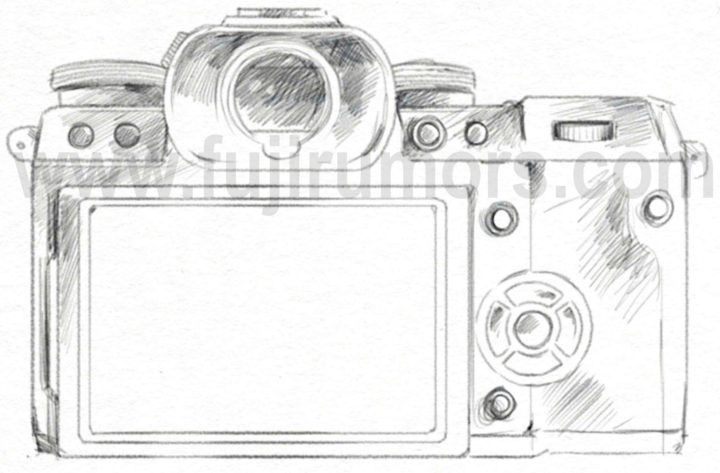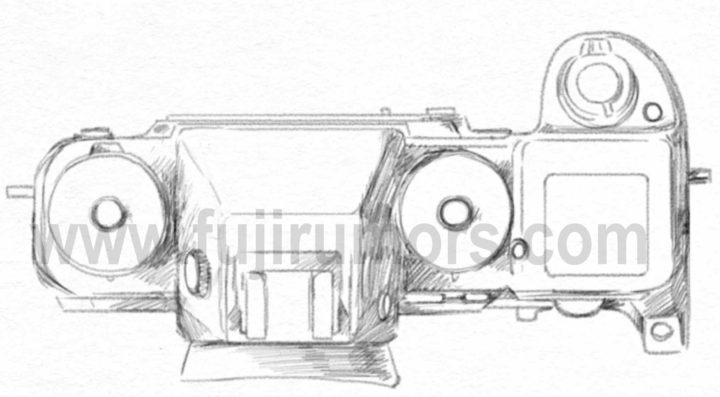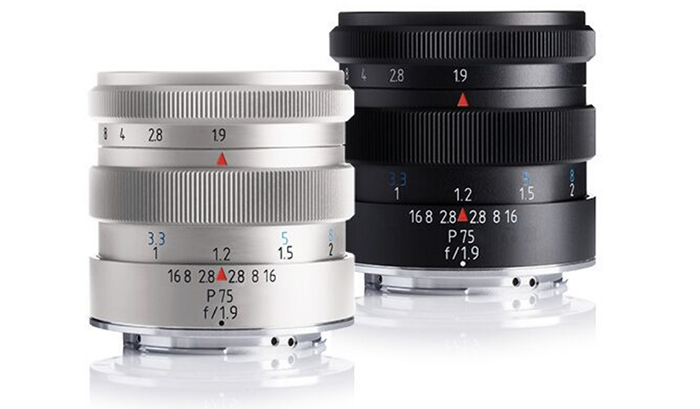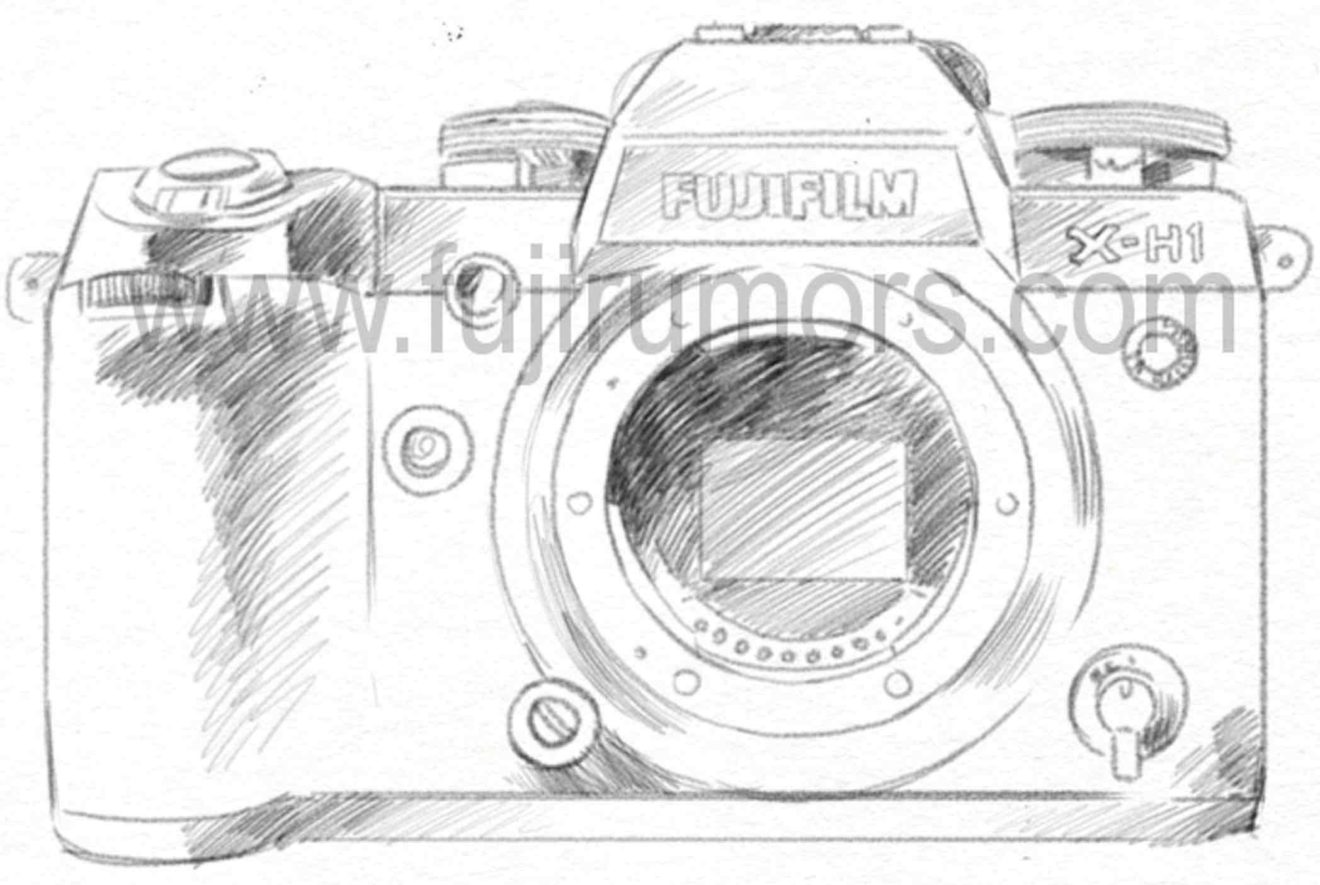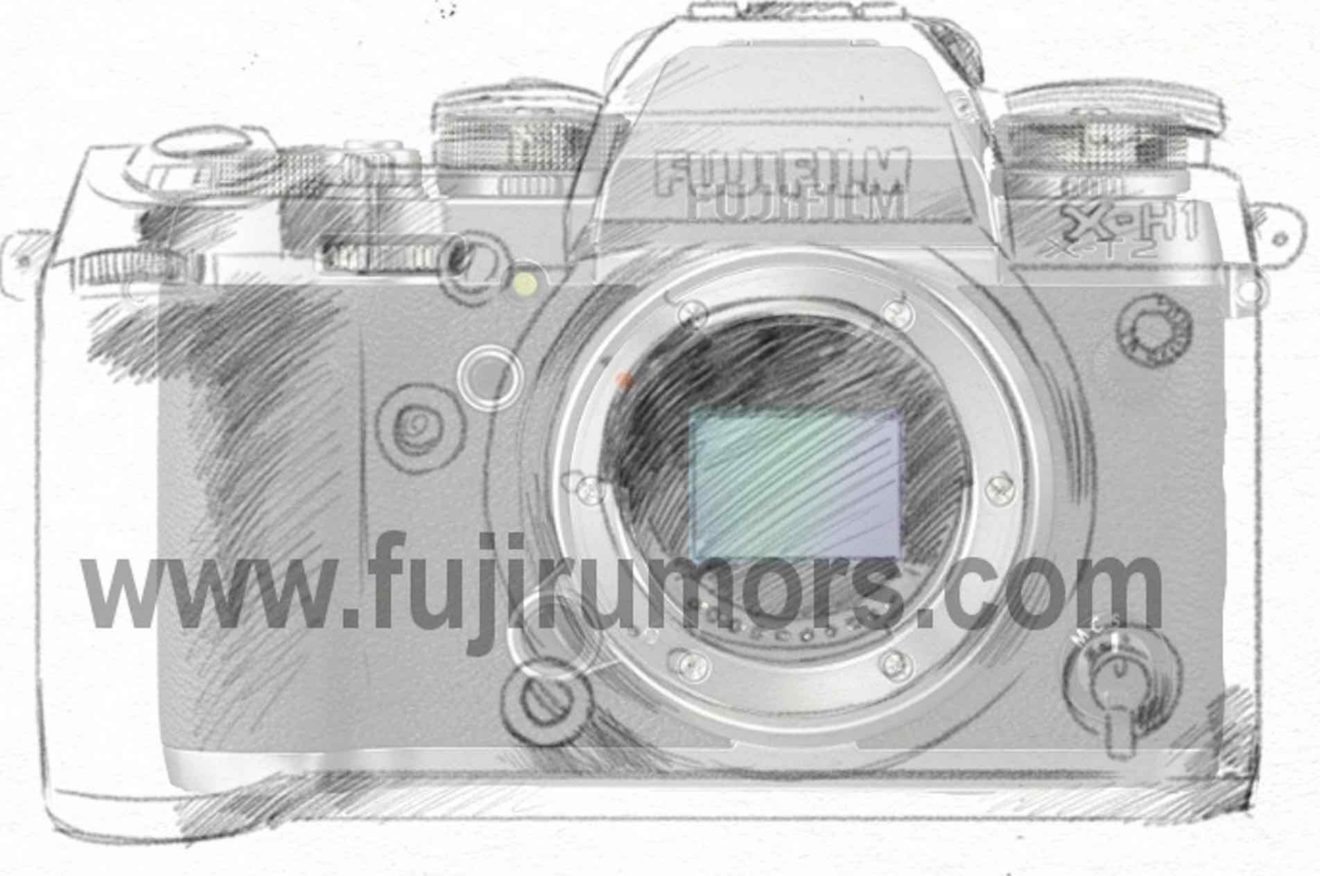New rumors: Gh5s might be announced on January 8. 125mm f/2.0 FE Voigtlander in 2018.
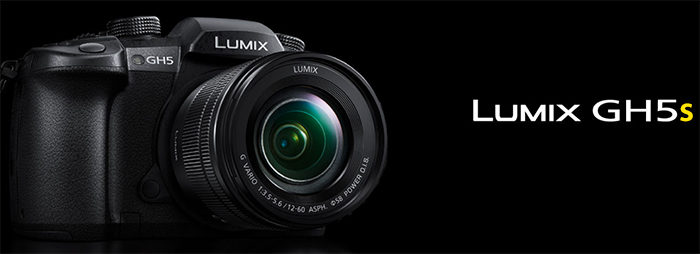
Few small updates:
1) The Panasonic GH5s willprobably be announced on January 8 right before the CES show start (43rumors).
2) Voigtlander could launch a new 125mm f/2.0 FE lens in 2018 (SonyAlphaRumors)
3) X-H1 has headphone jack, sort of 4K photo feature (Fujirumors)
